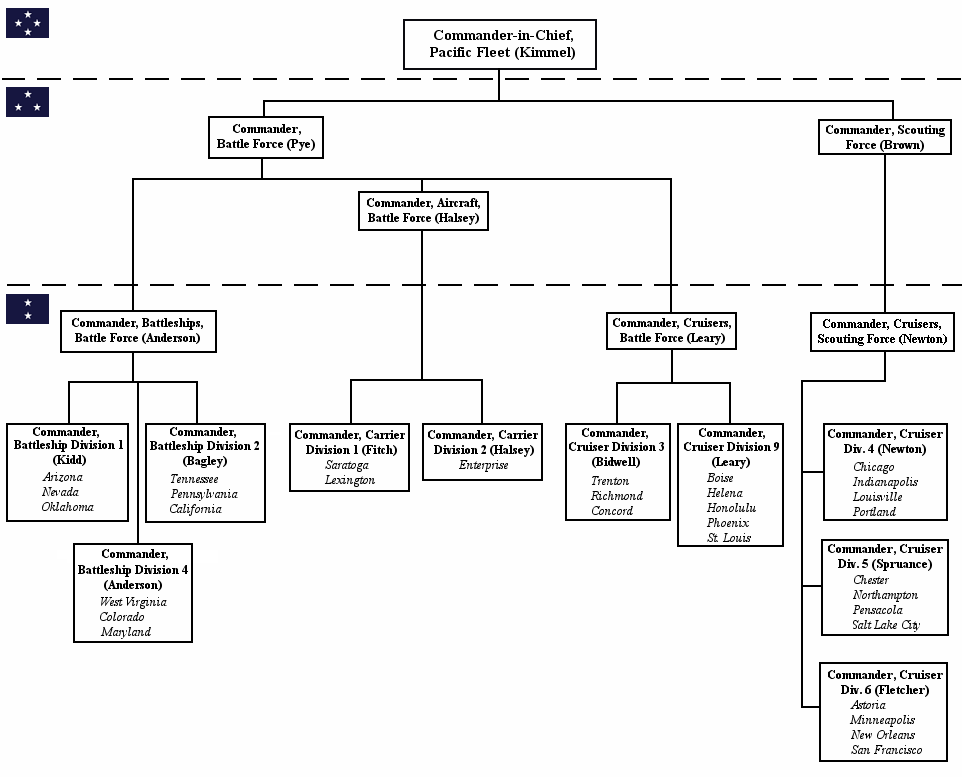Seems like I recall Picard having been Lt. Cmdr. when he had to step up in a pinch to command the Stargazer
This was described in the MJ Friedman novels, but not in the actual episodes or movies. In those, Picard's rank at the various milestones of his career was never clarified, and we never even learned when he earned his fourth pip - save for us seeing him wear it during his last days of commanding the Stargazer, in the "The Battle" and "Violations" flashbacks.
Although Tapestry indicates Picard was not captain when he started serving aboard the Stargazer. When describing Picard's alternate life, Q said "this Picard never took command of the Stargazer's bridge when its captain was incapacitated." Likewise, Conspiracy implies Picard was young when he was promoted to captain, since Walker Keel claims Tryla Scott beat Picard's record for how fast it took to make Captain.
So, the circumstances depicted in the novels pretty much fits everything we know from the show.


